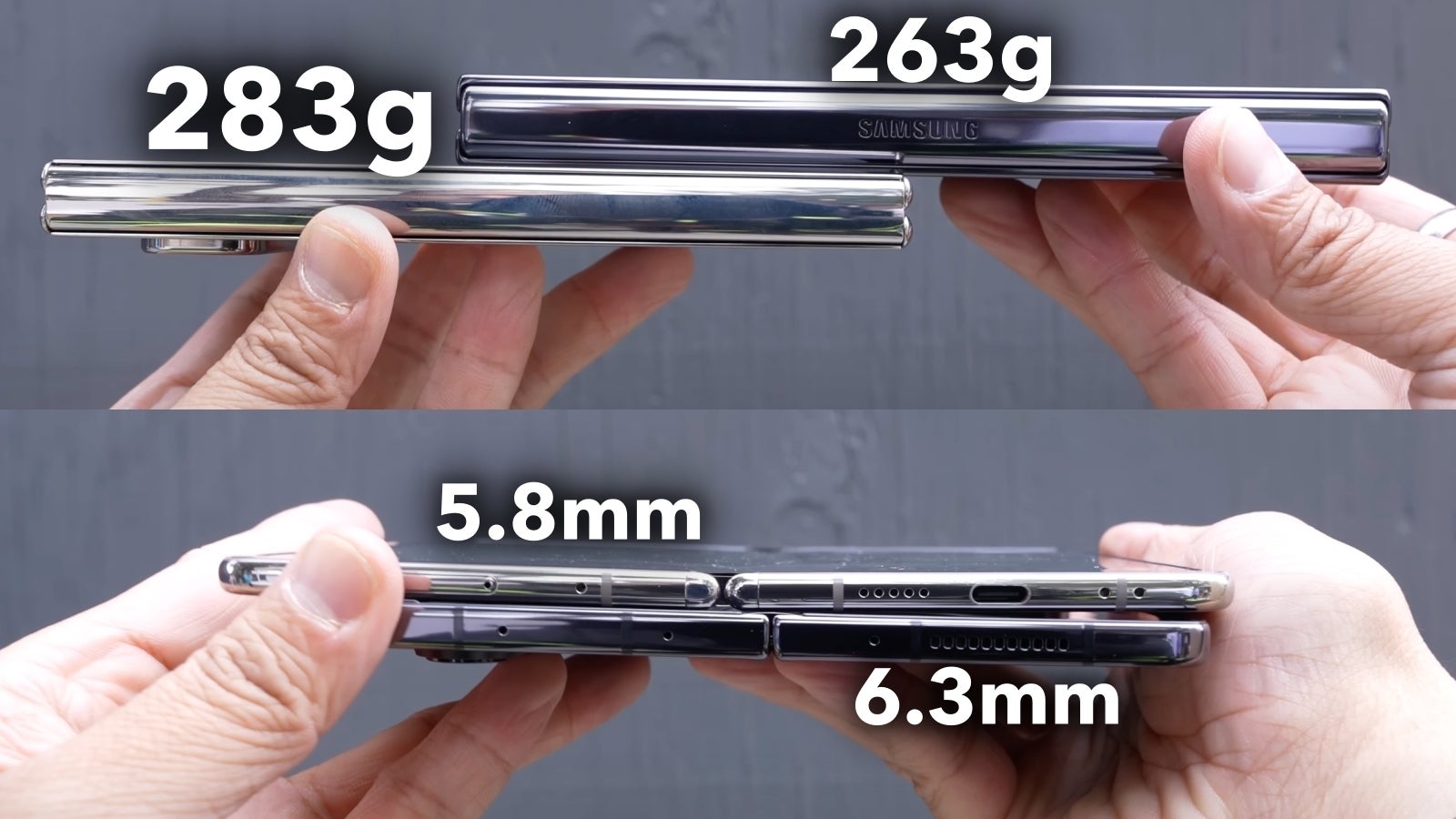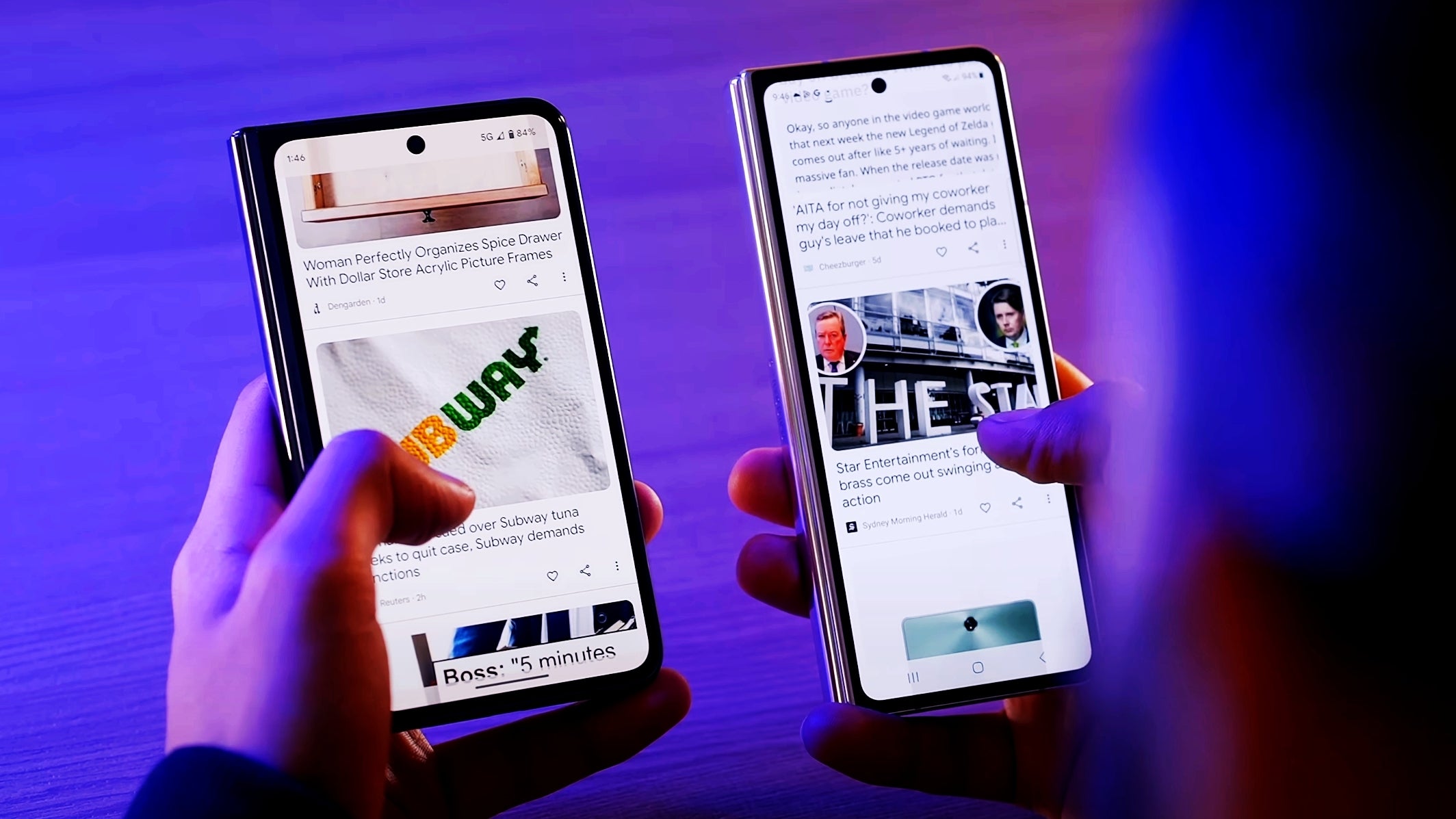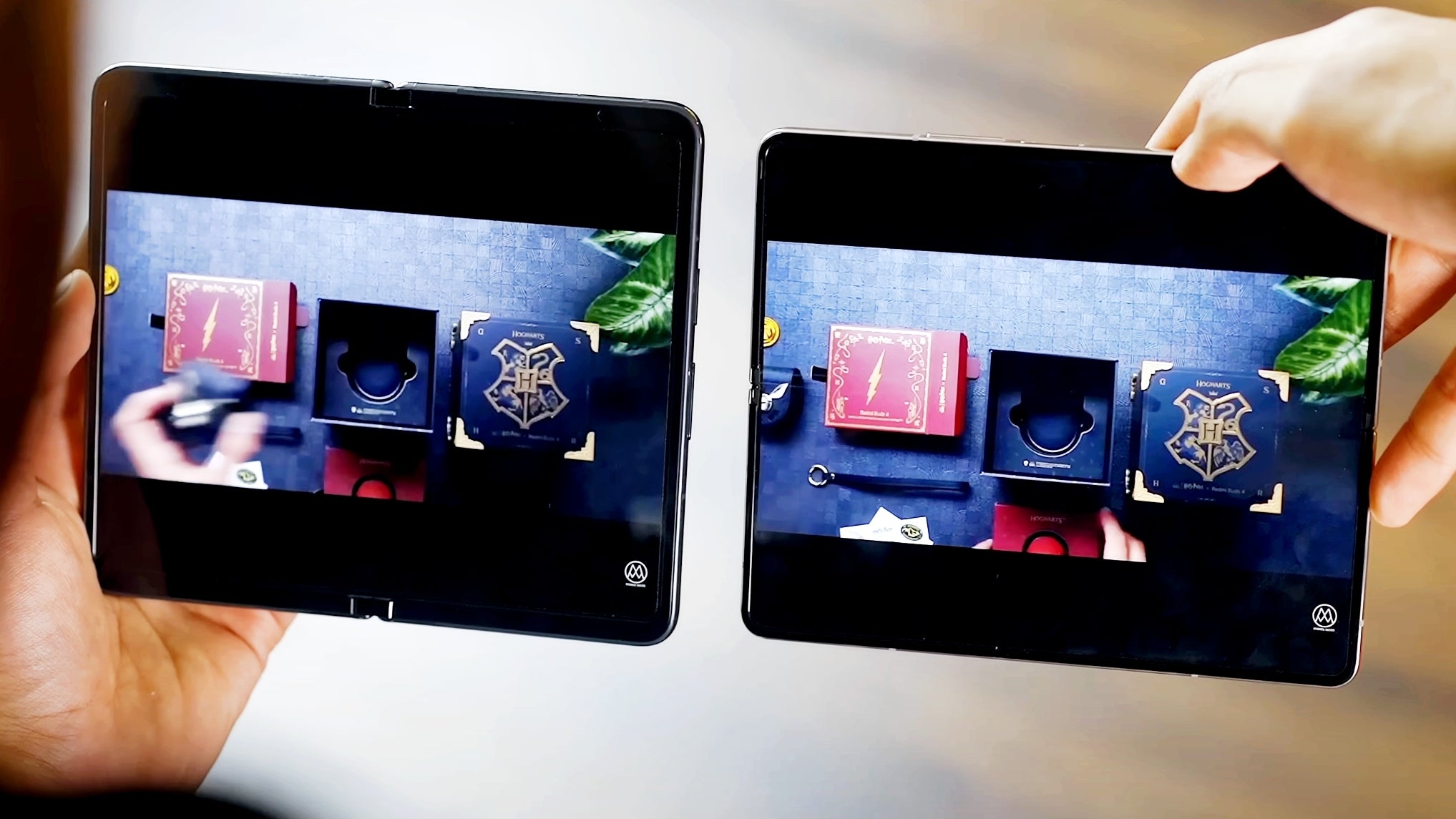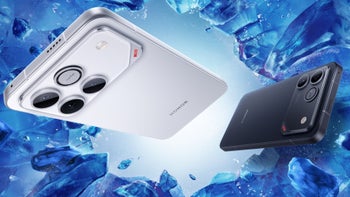Pixel Fold: Google’s anti-Galaxy Fold foldable hasn’t learned much from Samsung’s mistakes
This article may contain personal views and opinion from the author.

The global takeover of folding phones is taking much longer than expected.
The Pixel Fold might be the first Google flagship since the Pixel 6, which doesn’t seem to stand out with the same incredible value offered by Google’s phones released in the past two years. Quite the opposite, the Pixel Fold is shaping up as the hardest Google phone to recommend. Why?
- It doesn’t undercut similar phones, costing a whopping $1,800 (it costs as much as four Pixel 7a phones on sale)
- It doesn’t seem to offer any standout features to justify this ludicrous price tag - if you’ll be making a super-expensive phone, better make it the best, Google?
Where’s the value, Google?
Google’s folding phone is anti-Samsung but anti-Google too: Unlike Pixel 7 flagships that give you the best value on Android, Pixel Fold is expensive, yet less impressive than competing folding phones

The Pixel Fold is noticeably heavier than the (already heavy) Galaxy Z Fold 4 but it's also noticeably thinner.
With great prices comes great responsibility, and without wasting too much time, I’ll let out the hot question I’ve asked myself since the launch of Google’s first folding phone… Why does the Pixel Fold exist in the first place? Bear in mind, that’s not me saying it shouldn’t exist. I’m looking for Google’s objective here.
In my view, the two folding phones that stand out (and are released globally) right now are called the Galaxy Z Fold 4 and Huawei Mate X3. Samsung’s latest folding phone is important for obvious reasons (it’s the most popular one), while Huawei’s Mate X3 single-handedly pushes the industry forward with unmatched design but lack of native Google support for self-explanatory reasons.
Meanwhile, what does the Pixel Fold, which (don’t forget) costs a whopping $1,800 do to challenge the Galaxy Z Fold 4 and/or Huawei Mate X3?
- Is Google’s folding phone cheaper than the competition? No, it isn’t - in fact, the Pixel Fold is noticeably more expensive than some foldables like the Oppo Find N2, Xiaomi Mix Fold 2, and the globally available Honor Magic Vs (this one can be yours for only £1,200/€1,400 if you buy it before May 26)
- Considering the Galactic price, does the Pixel Fold bring the most impressive hardware we’ve seen? That’s also an easy “no”; this title belongs to the Huawei Mate X3, which weighs the same as an iPhone 14 Pro Max and it’s as thick as a “normal” phone in a case; again, Pixel Fold doesn’t even come close
- Does the Pixel Fold bring the best software experience on a folding phone, which takes advantage of the form-factor? I’ll leave this for our full review but so far this might be Google’s only saving grace; Android 13L looks impressive at a first glance and might be what gives Pixel Fold a much needed edge over other foldables (until they get upgraded with this version of Android?)
The Pixel Fold’s cover display is a winner but the inner screen sends you straight back to 2019 - has Samsung made the right compromises with the Galaxy Z Fold 4?

Sure, Samsung's Fold might still have a display crease and a poor 4MP under-display camera but its inner display looks far more immersive than the one of the Pixel Fold.
While Pixel Fold certainly brings a more practical cover display compared to the Fold 4’s remote control-like outer screen, the inner display is a different story.
For starters, the screen-to-body ratio of the Fold 4’s inner screen is much larger - Samsung gives you as much display as possible here. Then, the Pixel Fold opens up to turn into a wide-screen tablet, which at the same time is heavier than the Fold 4, which has a taller aspect ratio. Sure, the Fold 4 might not be perfect for watching videos when you open it up but the taller inner display makes it more practical for one-handed use (so, for every other task). And, of course, you can flip the Fold 4 around and get a wider aspect ratio, similar to that of the Pixel.
Again, there’s no competition when it comes to the cover screens. The Pixel Fold has a much more practical outer display compared to the narrow Galaxy Z Fold 4. That being said, I do find the Pixel Fold to be a tad too wide. Perhaps the Pixel Fold 2 could make the hinge thinner to reduce the overall width of the device without compromising the display.
Pixel Fold: One of the most expensive folding phones on the market doesn’t have the most impressive design, largest battery, fastest charging, or most powerful processor

Pixel Fold (left), Galaxy Z Fold 4 (right). Google's foldable has the more practical cover screen.
Is Android 13L the only major selling point of Google's $1,800 folding phone (over other foldables)?
And since I already brought up the weight difference between Google and Samsung’s foldables, there I say it: If you can’t make the lightest folding phone on the market, you’re already losing major points, Google. You too, Samsung.
- Pixel Fold: 283g - one of the heaviest folding phones on the market
- Galaxy Z Fold 4: 263g - noticeably heavier compared to a “normal” phone
- Huawei Mate X3: 240g - the lightest, thinnest folding phone-tablet (weighs as much as an iPhone 14 Pro Max)
In a nutshell, Google wants to sell a folding phone at the ludicrous price of $1,800, but I don’t think the first-gen Pixel Fold’s hardware is impressive enough to make me think: “Sure, this is expensive but totally worth it.” And that’s not very Google, and it’s not very… OK.
Here are a few more things the $1,800 Pixel Fold doesn’t have: It doesn’t have the largest battery in a folding phone, the fastest charging, or the best camera hardware. Meanwhile, the Tensor G2 that powers Google’s premium foldable is the same chip found in the $500 Pixel 7a. While the Tensor G2 seems pretty fitting for a $500 phone like the Pixel 7a, I’m not sure I can say the same when we’re talking about a $1,800 device.
While we need to conduct our camera tests to be sure, the Pixel Fold also doesn’t seem to have the most impressive camera hardware in a folding phone. This honor goes to the (much cheaper) Honor Vs and the equally expensive Huawei Mate X3.
I’m not buying a first-gen folding phone at a last-gen price, Google: Buy a Pixel 7 and a Pixel Tablet and save $800

Pixel Fold (left), Galaxy Z Fold 4 (right). Images courtesy of Mrwhosetheboss.
If you’ll commit to a super-high price, then do it super right, Google!
In the past couple of years, Google’s worked really hard to establish itself as the best-value alternative to Samsung (and other Android phone-makers), which is the reason why tech reviewers let some things slide. Sure, Pixels don’t have the best displays, fastest chips, longest-lasting batteries, or most impressive cameras around, but at $300-400 less compared to the competition, phones like the Pixel 6a, Pixel 7, and Pixel 7 Pro do more than enough to deserve all the praise they get.
I wouldn't really pay $1,800 for any phone, but if there was a folding phone I’d pay $1,800 for, then it’d be something like the Huawei Mate X3. The Pixel Fold just doesn’t look like a $2,000 phone - it’s that simple. Instead, I’m much more willing to shell out $1,000 and get a Pixel 7 and a Pixel Tablet. That way I’d have a better “normal” phone experience and a better tablet experience, while saving $800. I’d also be gaining a smart display/speaker for my living room. Killing I-don’t-even-know-how many-birds with one stone.
Still, to find out whether the Pixel Fold is a better foldable than the Galaxy Z Fold 4, we’ll have to wait for our full Pixel Fold review, which should be coming sometime in June. It looks to me that Google’s brand new Android L (Android for foldables/tablets) software experience might be the Pixel Fold’s only chance at setting it apart from the competition. But is it going to be enough? My guess? No. Let’s have a discussion in the comments!
Follow us on Google News













Things that are NOT allowed:
To help keep our community safe and free from spam, we apply temporary limits to newly created accounts: